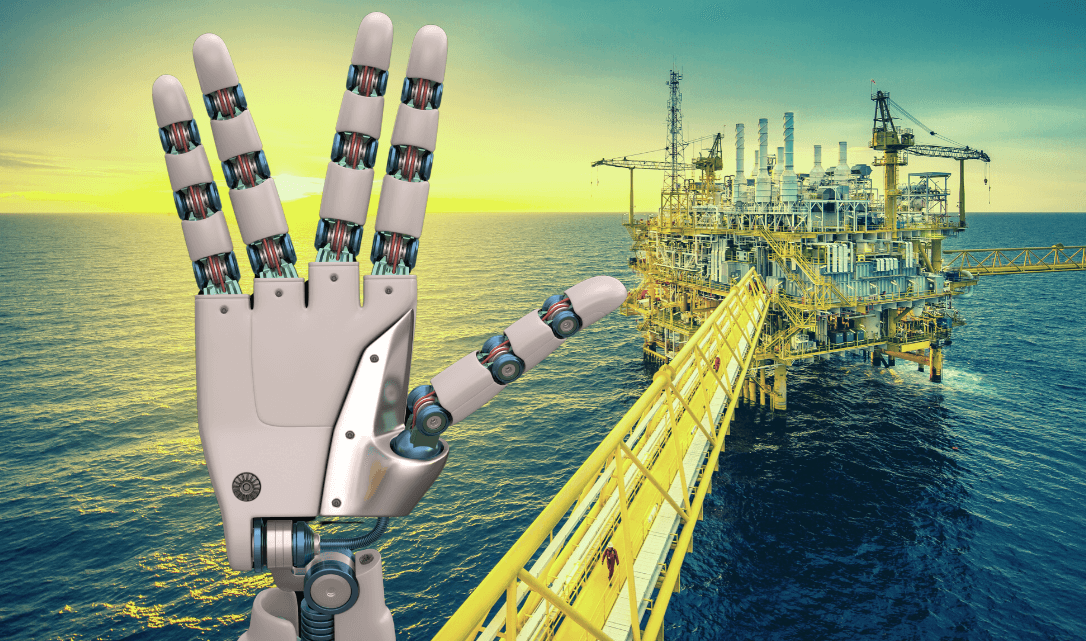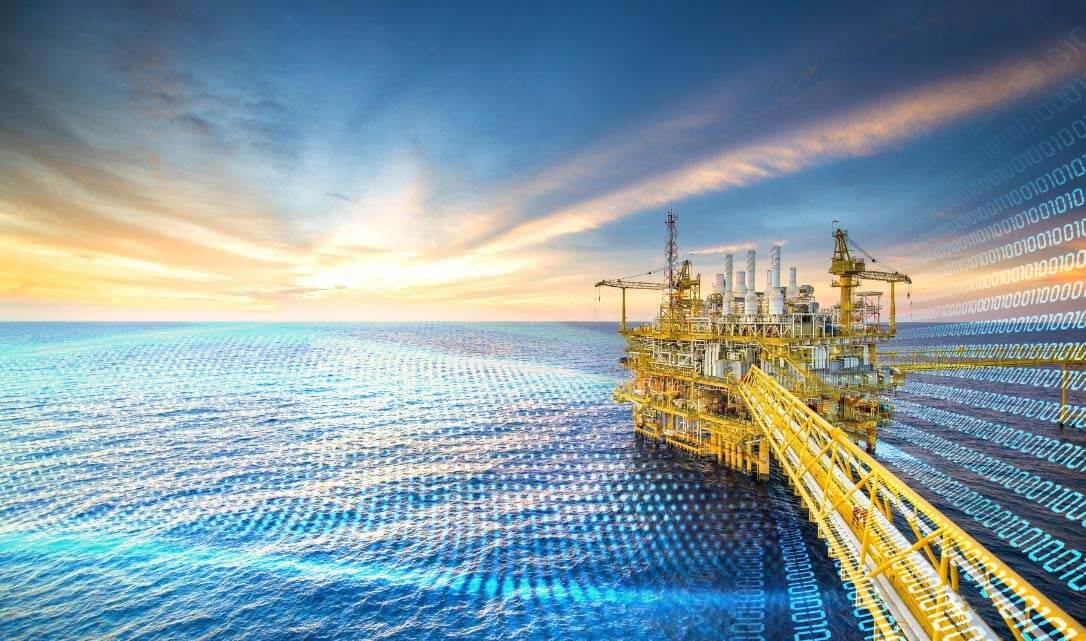Digital Completions in Plant Modifications and Upgrades
Unlike greenfield or any new build construction projects, plant modifications and upgrades present a unique set of challenges. Work is carried out...

The Energy sector is a multi-billion-dollar industry; a fact that cannot be disputed. Organizations involved in the management of tangible assets are focused on optimizing performance and increasing profit margins, that is business after all. However, one of the largest investments operators in the Oil and Gas sector make is in the equipment and infrastructure needed to do their job. Like anything we purchase and hold valuable, we need to look after it to ensure its wellbeing and longevity, otherwise known as Operational Excellence. By doing so, theoretically, performance and lifespan should be optimized.
Maximizing value from operations is critical for organizations and therefore, so is managing asset health. Profitability in plant operations is intrinsically linked with asset uptime. But what is also integral to any Asset manager’s job are the challenges associated with ageing infrastructures. Material cracks, corrosion, joint integrity – you name it – it’s all related to Plant and equipment wear and tear. Renewing, repairing, or adjusting can involve downtime, should issues go unnoticed, the worst-case scenario is an unscheduled shutdown or turnaround and that will inevitably blow schedules and profit margins. The problem is also compounded when incremental changes are made to the asset design, making it extremely difficult to keep track of its structural integrity.
As far as Asset integrity is concerned, the global pandemic did speed up the realization that Digitalization has to become a strategic priority. Even from an organizational productivity standpoint, paper-based processes, Excel-based spreadsheets, and monthly reporting cycles are no longer sustainable. Access is limited, workflow is drawn-out and a quick, visual comparison between documents is tedious, time consuming, if at all possible.
With thousands of physical assets such as pipelines, plants, facilities, and equipment, all connected to the Internet, it is no surprise that legacy workflows, their original systems, cannot keep up with the amount of operational data being generated. Data may not be accurate, complete, or detailed enough to truly manage multiple assets. This is especially important now when every dollar and cent counts, and not exactly conducive to providing real-time visibility into critical production processes.
As technology keeps getting ingrained into everyday onsite and offshore processes, a lot of information is captured and stored across the length and breadth of plant operations – the challenge is to convert siloed information into valuable and actionable data.
Assets on offshore rigs and vessels require thorough and continuous inspection, maintenance, and regular repairs to ensure that they continue to perform at optimum levels and do so safely.
With the rapid advent of IIoT (industrial Internet of Things) and advancements in sensor and communication technology, the Energy industry is poised to adopt technology at a much more rapid pace to ensure asset integrity and longevity.
No matter the asset issue, whether it’s a complex problem in your plant or a single defect in a piece of equipment, Operators are not just focusing on minimizing the project CAPEX but also on significantly reducing running costs of the asset’s life-cycle. The answer to all these concerns is the utilization of a 3D Model or Digital twin with the associated software. Together they assist in identifying exact specifications of where a plant defect is but also, they continuously update any changes made toward the final As-built data; the asset integrity dream becomes a reality.
MODS Reality, in fact, could be your answer! Reality is a web-based application that provides a digital twin of a facility using a high-definition point cloud environment as the building block foundation. This is then used to enhance engineering, inspection, streamline scheduling, and work execution management for maintenance and minor modifications.
Technology is high on the agenda of operational excellence. It has been commonly accepted amongst industry experts that digital technology is the significant driver for success. By employing the engineering data collected and by identifying asset failure through in-depth monitoring, asset management becomes a more controllable environment.
Reality provides a host of services for asset integrity and reliability projects including development of integrity, risk-based inspection and analysis for remaining life assessments, corrosion rate assessments to increasing predictive maintenance compliance and a reduction in pump failures. Reality’s simple interface and easy integration helps in frontline worker buy-in to using new technology, a significant factor in change management.
In today’s financial climate, no business has ‘money to burn’ and making the most of what you have, in the simplest of terms, couldn’t be more true. Spending in the Energy sector has been drastically reduced with cost reduction still a top priority. The focus is firmly on asset optimization for extended performance, reduced failures, and to maintain availability.
Having a program in place for inspections, maintenance, integrity, and performance will significantly reduce risk and associated operating costs, while increasing the life of assets that would normally be replaced.
Asset reliability and integrity management is an enormous topic with a multitude of areas that all need constant supervision and attention. These can range from risk-based inspections analysis and safety integrity management, to condition-based monitoring with dynamic measurement points, asset health indexing, and, in the same system, reliability-centered maintenance, maintenance task analysis, and root cause analysis. An endless list; a constant headache that a digital solution can only remedy.
With a digital strategy in place, it is easier to identify and predict the failure of assets that pose the greatest risk to the operation. And with the ability to identify issues quickly and accurately, in turn, leads to a controlled and proactive inspection and maintenance practices that are crucial in running an efficient and productive operation.
‘Digital Oilfield’ is now a familiar term used within the industry. ‘Digital transformation’ is another that is finding itself being used and most importantly, truly understood. The convergence of operational and information technology and their multiple, related benefits are reaping the rewards in time and money wherever they’ve been harnessed. Profitability and productivity within the Energy sector will ultimately come from improved decision-making abilities, resulting in better asset health, defining a more powerful future for the industry.
To know more about how the MODS software suite, helps the Oil & Gas sector define and execute their digital transformation strategy, .
.

Unlike greenfield or any new build construction projects, plant modifications and upgrades present a unique set of challenges. Work is carried out...

Turnarounds and shutdowns are among the most critical—and stressful—phases in the management and operation of industrial assets. These planned...

Offshore decommissioning and asset retirement present significant logistical, regulatory, safety, fiscal and reputational challenges. The process of...

In the current business environment, organizations are vying to remain competitive and embrace technology to manage business risks and ensure long...

The Asset management software market is well-trodden terrain. Technology in this undulating landscape has had an incredible journey especially over...

One of the most important planned events for any onshore or offshore facility is when production and operation are halted completely. This process,...